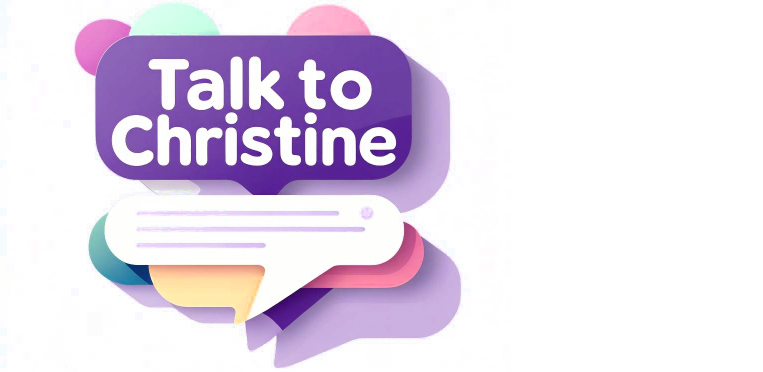♦ Last Updated on July 7, 2024 ♦
Get ChatGPT to talk like you. You can ditch the default “ChatGPT Voice” that people can easily pick out by prompting it to chat in specific tones and styles.
Here are some tones and writing styles you can specify in your prompts.
Tones
Understanding the tone is akin to selecting the perfect soundtrack for a movie scene—it sets the mood, conveys emotions, and can either draw in or estrange your audience. Here are tones that, when chosen wisely, transform ChatGPT’s replies from mundane to memorable:
- Authoritative: Commanding and informed, perfect for expert advice.
- Clinical: Precise, devoid of emotion—suitable for scientific discourse.
- Cold: Detached, often used to create distance or convey hard truths.
- Confident: Assured, great for persuasive or motivational content.
- Cynical: Skeptical, offering a critical viewpoint.
- Emotional: Rich with feelings, ideal for storytelling or appeals.
- Empathetic: Understanding, resonating with the reader’s sentiments.
- Formal: Respectful, polished, fitting for professional settings.
- Friendly: Warm, inviting, approachable—excellent for engaging readers.
- Humorous: Light-hearted, for content that aims to entertain.
- Informal: Conversational, perfect for blogs or casual articles.
- Ironic: Contrasting what’s said and what’s meant, for creative twists.
- Optimistic: Hopeful, seeing the glass as half full.
- Pessimistic: Doubtful, focusing on the obstacles.
- Playful: Fun, for when your content needs a dash of whimsy.
- Sarcastic: Witty, yet cutting—use with caution.
- Serious: Grave, for topics of importance or sensitivity.
- Sympathetic: Compassionate, offering consolation or support.
- Tentative: Hesitant, perfect for exploring possibilities or uncertainties.
Writing Styles
Equally pivotal to the tone, the writing style dictates the structure and flow of your content. Like choosing the brush for your painting, each style can significantly alter the perception of your text:
- Academic: Scholarly, with evidence and citations.
- Analytical: Logical, focusing on breaking down complex ideas.
- Argumentative: Debating, presenting and defending positions.
- Conversational: Relaxed, as if speaking to a friend.
- Creative: Artistic, letting imagination lead the way.
- Descriptive: Vivid, painting pictures with words.
- Epigrammatic: Brief, pointed, and witty.
- Epistolary: Letter-like, personal, and direct.
- Expository: Explanatory, clarifying concepts or ideas.
- Informative: Educational, aiming to enlighten the reader.
- Instructive: Directional, providing step-by-step guidance.
- Journalistic: Reporting, focusing on the who, what, where, when, and why.
- Metaphorical: Using symbols and comparisons to convey meanings.
- Narrative: Storytelling, weaving a tale for the audience.
- Persuasive: Convincing, aimed at swaying the reader’s opinion.
- Poetic: Rhythmic and expressive, appealing to the senses.
- Satirical: Critiquing through humor and irony.
Mastering ChatGPT with Tone and Style
To harness the full capability of ChatGPT, simply integrate your desired tone and writing style into your prompts. Use the prompt:
Write in [selected tone] tone and in a [selected style] writing style.
For example:
Explain the benefits of cooperation. Write in an optimistic tone and a persuasive writing style.”
“Tell a humorous anecdote about your last vacation. Write in a playful tone with a narrative style.”
“Analyze the current world affairs. Write in an authoritative tone and journalistic style.
By combining different tones and styles, you can finally break ChatGPT free from its monotonous constraints and have it communicate with the same nuanced dynamics as a real human.
No more will you have to endure that dry, robotic, one-note language. With this e-bomb of tones and styles, you can make the AI’s writing voice and personality shift with every new prompt, unlocking its full potential as a dynamic, expressive communication companion.
